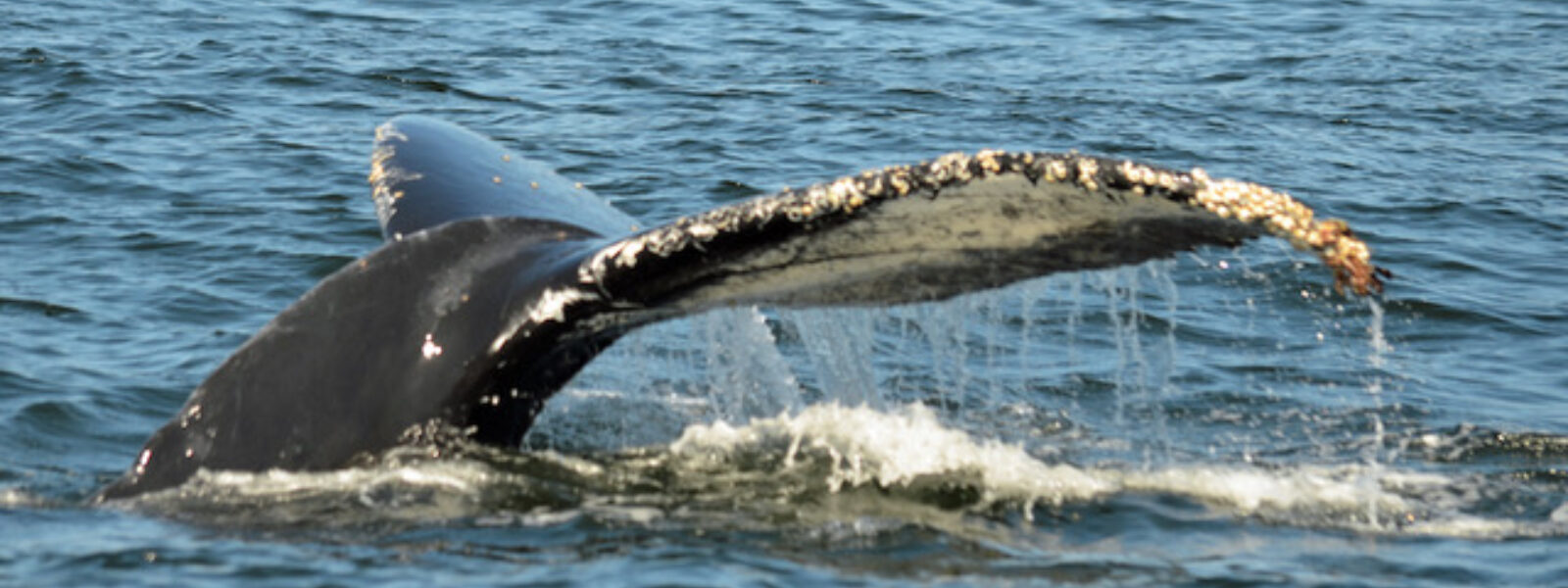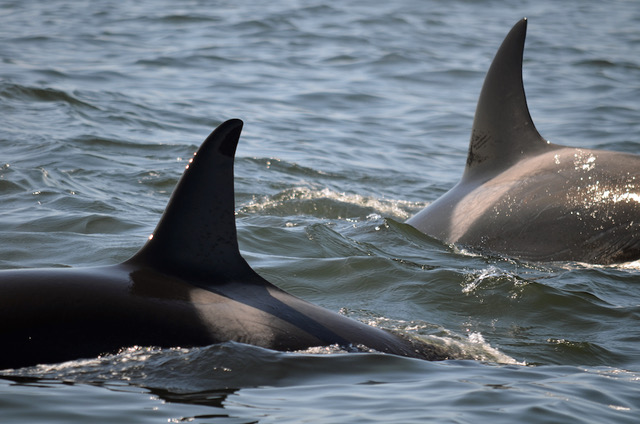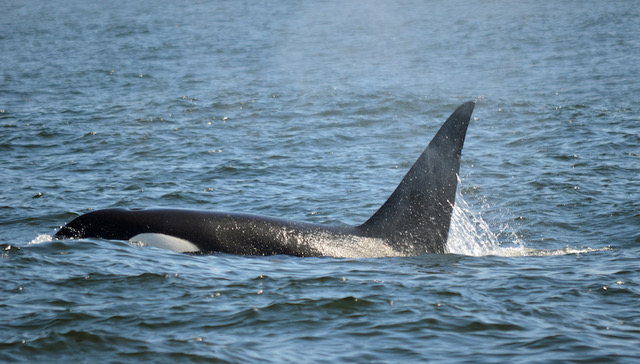

Last April, after running whale watching cruises out of San Francisco Bay to the Farallon Islands and beyond since 1976, I took a trip out on Monterey Bay, part of the Monterey Bay National Marine Sanctuary. This protected area stretches from offshore south San Francisco all the way past and encompassing Monterey Bay and Big Sur to William Randolph Hearst’s estate and castle, now a popular state park, along the California coast.
I was in for a very rare treat – in all these years of watching whales, I’d never seen wild orcas off the California coast. But we had quite a time surrounded by a small pod that day.

April and May are the main months that migrating gray whales, especially mothers with their new calves, arrive off the central California coast, heading for the summer feeding grounds up in the Bering and Chukchi Seas off Alaska and Siberia. Some put it at a 6,000 mile round trip migration, but it is actually much longer than that, as the gray whales hug the coast of Alaska, British Columbia and the US Pacific Coast all the way down to the Baja birthing lagoons, and back.
The orcas know this, and in addition to feeding on dolphins and seals, they do kill whales, sometimes very large whales, but seem to prefer the young of gray whales.
Orcas around the world have cultural niches that are defined by the ways they feed. While there is some interaction between different cultures, mostly the cultures inhabit different areas and feed on different things. The orcas in the Pacific Northwest, an endangered species, feed largely on salmon, and stay around the Puget Sound and San Juan Islands area and other nearby areas where salmon can be caught.
The orca pod I watched in Monterey Bay is thought to travel from the Gulf of Alaska all the way down to Baja, back and forth in an endless search for marine mammals. An attack on a whale by these orcas can be a pretty harrowing experience, even for those of us who understand the need for predation as an engine of ecosystem stability and evolution.
But on that fine day in April, the orcas were swimming about with each other, apparently not actually hunting at that particular moment. Several humpback whales (known to beat back orca attacks) were swimming in the vicinity, certainly aware of the orcas but apparently unconcerned. There are reports that humpback whales have come to the aid of seals and other marine mammals being attacked by orcas, an extraordinary example of compassion for a different species, although I’m certain the orcas don’t appreciate it much.
Maybe we have a lot more to learn from humpback whales about cooperation and compassion?
